

| Ten common Nottinghamshire moths by month |
| December |
| Much relies on the weather and
particularly the accompanying temperature for any real
success with the moth trap in December. If there is any
sort of prolonged cold and frosty period of weather,
trapping is rarely worth the effort until after a
succession of mild nights. The likely selection of species is largely the same as in November, but much of the emphasis in December is about trapping a few lingering moths remaining from November. This is probably the reason why very few people bother to trap moths during the Winter. |
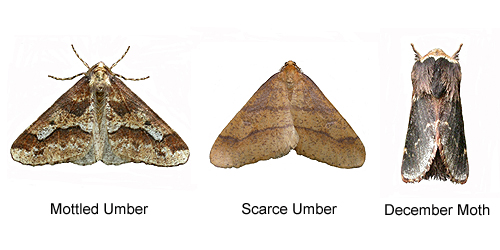 |
|
| .... | ||
| For those venturing
out to trap at woodland sites, the bulk of the catch will
be Winter Moth, December Moth and Mottled Umber. Below are the ten species most likely to be seen in Nottinghamshire during the month, but for December, finding ten moths was a bit of a stretch. However, some over-wintering moths can be found by day during the month, so check the dark corners of sheds, out-buildings and under loose bark. |
||
| 17.011 .... B&F 0461 .... Ypsolopha ustella (Clerck, 1759) |
||
| Status .....Seems to be an uncommon moth and most Nottinghamshire records are from Sherwood Forest. Likely to be more widespread than records currently suggest. | ||
| .... | ||
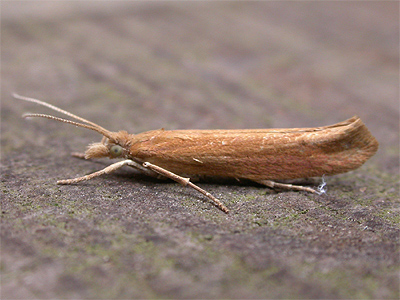 |
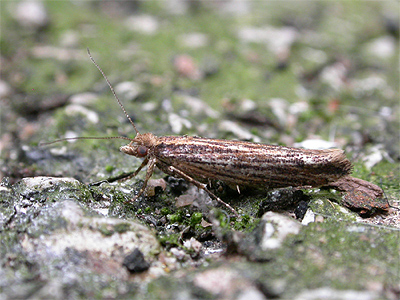 |
|
| 45.044 .... B&F 1524 .... Emmelina monodactyla (Linnaeus, 1758) |
||
| Status .....Common throughout much of Nottinghamshire, where it is regularly found by day resting on fences. Uncommon around the Sherwood Forest NNR. | ||
| .... | ||
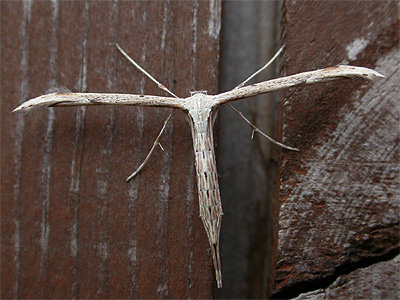 |
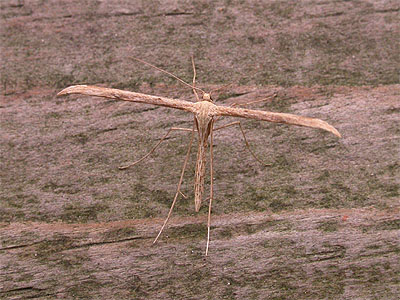 |
|
| 49.039 .... B&F 0998 .... Light Brown Apple Moth Epiphyas postvittana (Walker,
1863) |
||
| Status .....Originally an Australian species, which was accidentally introduced into the UK in the 1930's. It is now an abundant moth, found throughout Nottinghamshire and especially from urban areas. The two-toned male is distinctive, but there is considerable variation in markings and size of individuals. | ||
| .... | ||
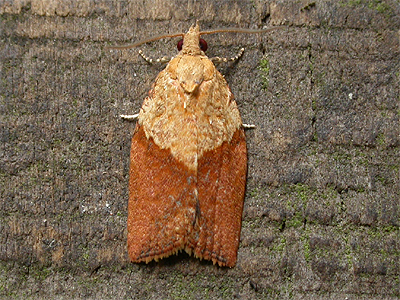 |
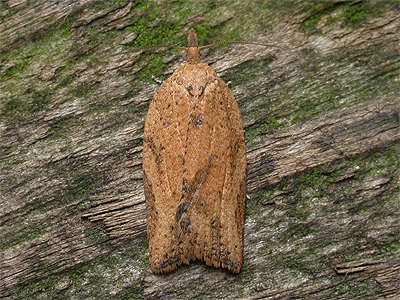 |
|
| 66.001 .... B&F 1631 .... December Moth Poecilocampa populi
(Linnaeus, 1758) |
||
| Status .....Probably much more common than the latest distribution map would suggest. December Moth is certainly very common to MV light in the Sherwood Forest and Idle Valley areas and should turn up in suburban areas, as we have records from the middle of Market Warsop. Has also been recorded from Attenborough NR (record not shown on map). | ||
| ..... | ||
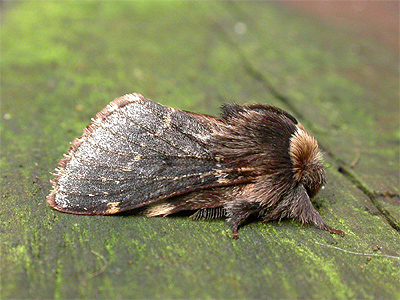 |
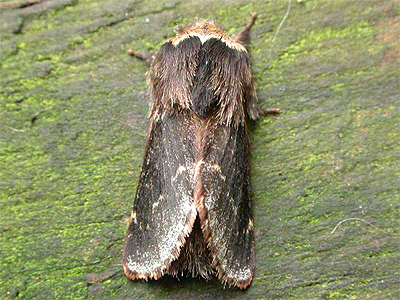 |
|
| 70.106 .... B&F 1799 .... Winter Moth Operophtera brunata (Linnaeus,
1758) |
||
| Status .....Probably common throughout Nottinghamshire, but the evidence based on the distribution map we have been able to produce from records sent to us, would suggest that this moth is uncommon along the Trent Valley. This could also be down to the lack of recording moths during the late Autumn and Winter months. The female is wingless. | ||
| ... | ||
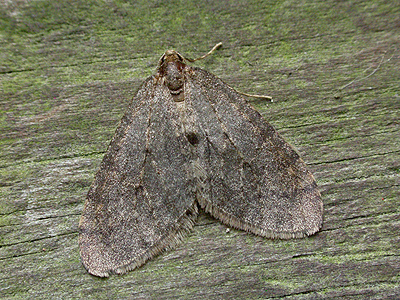 |
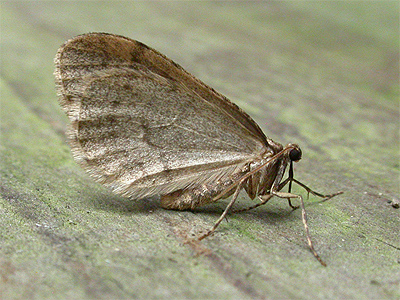 |
|
| 70.256 .... B&F 1935 .... Mottled Umber Erannis defoliaria (Clerck,
1759) |
||
| Status .....Common at many woodland sites in a line running south-west to north-east through the county. Strongly attracted to MV lights and security lights. The females are wingless and can be found during the day on the trunks of trees. | ||
| ... | ||
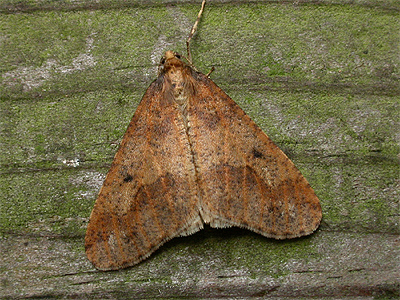 |
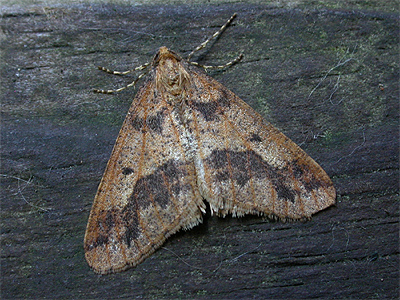 |
|
| 73.194 .... B&F 2258 .... Chestnut Conistra vaccinii (Linnaeus, 1761) |
||
| Status .....Common at all sites where it occurs, with a similar Nottinghamshire range to Dark Chestnut. Very common at sites within the Sherwood Forest NNR, but likely to be found in most Nottinghamshire woodlands. | ||
| .... | ||
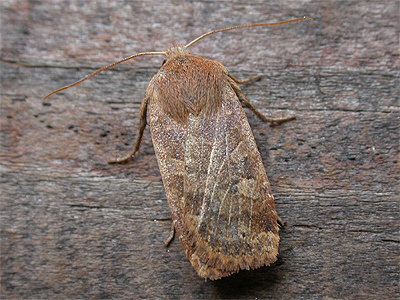 |
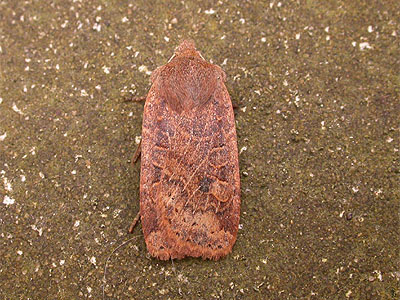 |
|
| 73.195 .... B&F 2259 .... Dark Chestnut Conistra ligula (Esper, 1791) |
||
| Status .....Less commonly encountered at MV light than the similar Chestnut and can be easily passed over as being that species. All the records we have available to us, show that this moth occurs in a broad band running south-west to north-east through Nottinghamshire. | ||
| ...... | ||
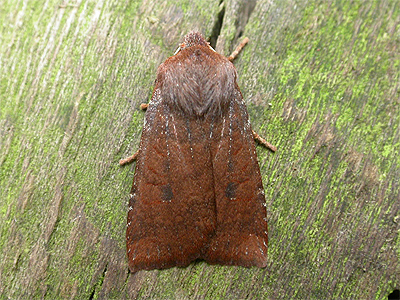 |
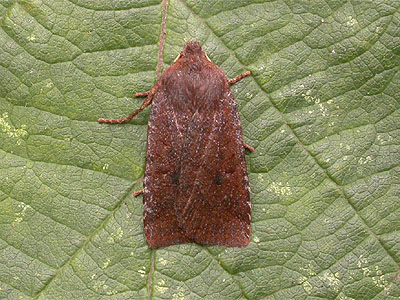 |
|
| 73.202 .... B&F 2237 .... Grey Shoulder-knot Lithophane ornitopus (Dadd, 1911) |
||
| Status .....First recorded in Nottinghamshire during 2003. Two records from Eakring in September of that year, were second and third county records. Recorded twice more at Eakring in 2004 (including one on the trunk of a tree at Eakring Flash, between November 27th and December 31st 2004) with another record coming in March 2005. Now very firmly established and widespread in Nottinghamshire and probably still increasing. Regularly encountered on tree trunks during the Autumn months. | ||
| ...... | ||
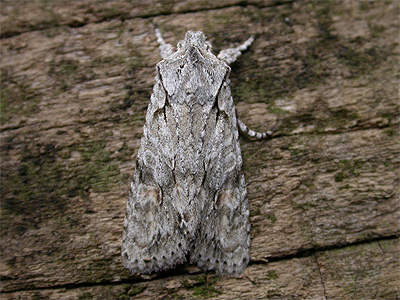 |
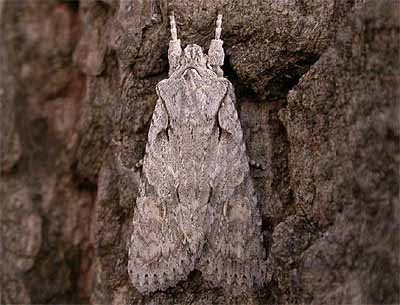 |
|
| 73.210 .... B&F 2256 .... Satellite Eupsilia transversa (Hufnagel,
1766) |
||
| Status .....Common at Eakring and throughout the Sherwood Forest NNR. Most records are from the northern-half of the county. | ||
| ... | ||
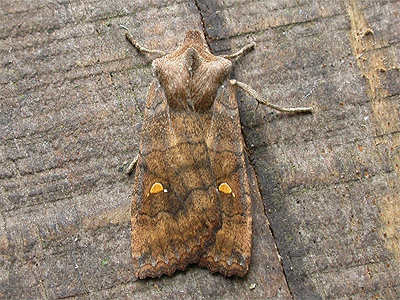 |
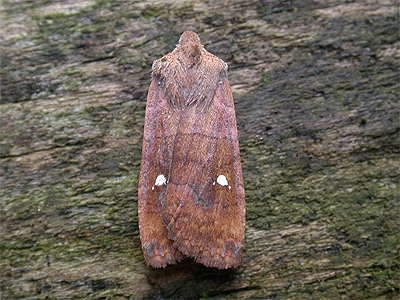 |
|
| Can't find your moth? Some other moths often recorded at MV light during December |
| .... |
| The following moths are also likely to occur during the month, although some may be more habitat specific and less likely to be recorded from suburban gardens. |
| .... |
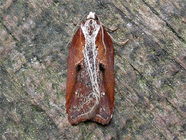 49.076 Acleris cristana |
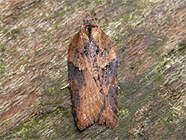 49.080 Acleris hastiana |
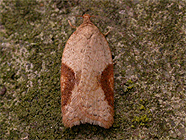 49.083 Acleris ferrugana |
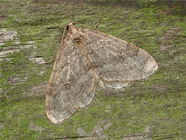 70.105 Northern Winter Moth |
| Common moths often recorded during the day |
| ..... |
| The following over-wintering moths can be looked for in out-buildings and shelters, or under loose bark during December. |
| ..... |